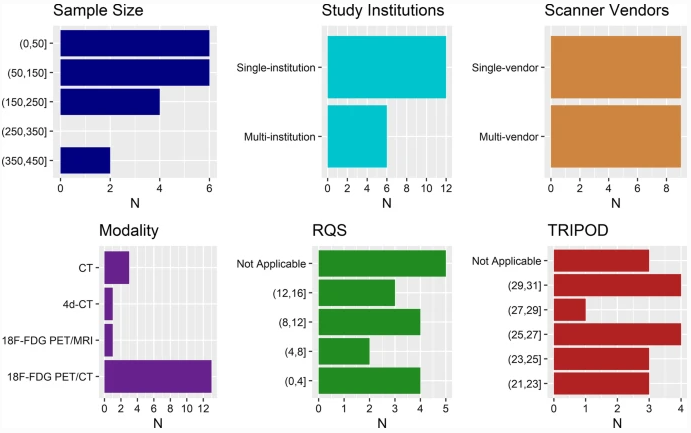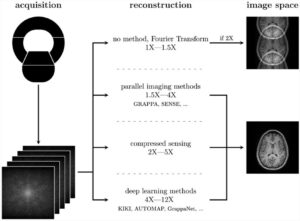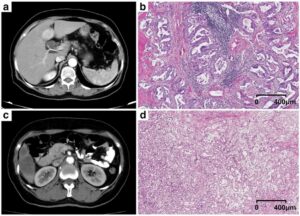The use of radiomic models offers a possible way to improve oesophageal adenocarcinoma assessment through quantitative image analysis, but model selection becomes complicated due to the myriad available predictors as well as the uncertainty of their relevance and reproducibility. Therefore, the aim of this study was to review recent research in order to facilitate precedent-based model selection for prospective validation studies. The authors concluded that future research must focus on the prospective validation of previously proposed models for further clinical translation.
Key points
- Radiomic predictor recommendations vary considerably between studies.
- Although radiomic models have demonstrated discriminative predictions in oesophageal cancer tasks, adequate sensitivity has yet to be demonstrated.
- Future radiomic research in oesophageal adenocarcinoma should prioritise validation of previously proposed predictors over further feature selection.
Authors: Robert J. O’Shea, Chris Rookyard, Sam Withey, Gary J. R. Cook, Sophia Tsoka & Vicky Goh













